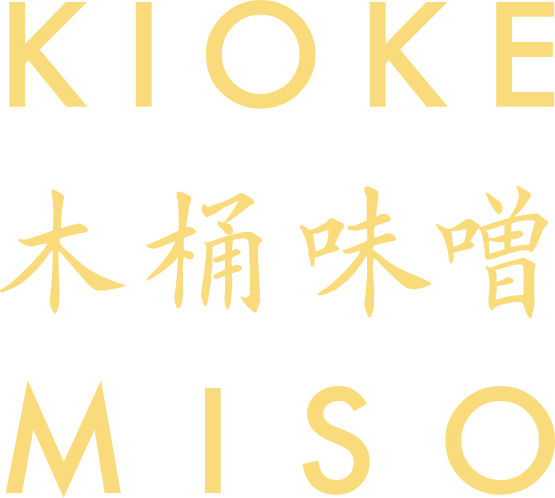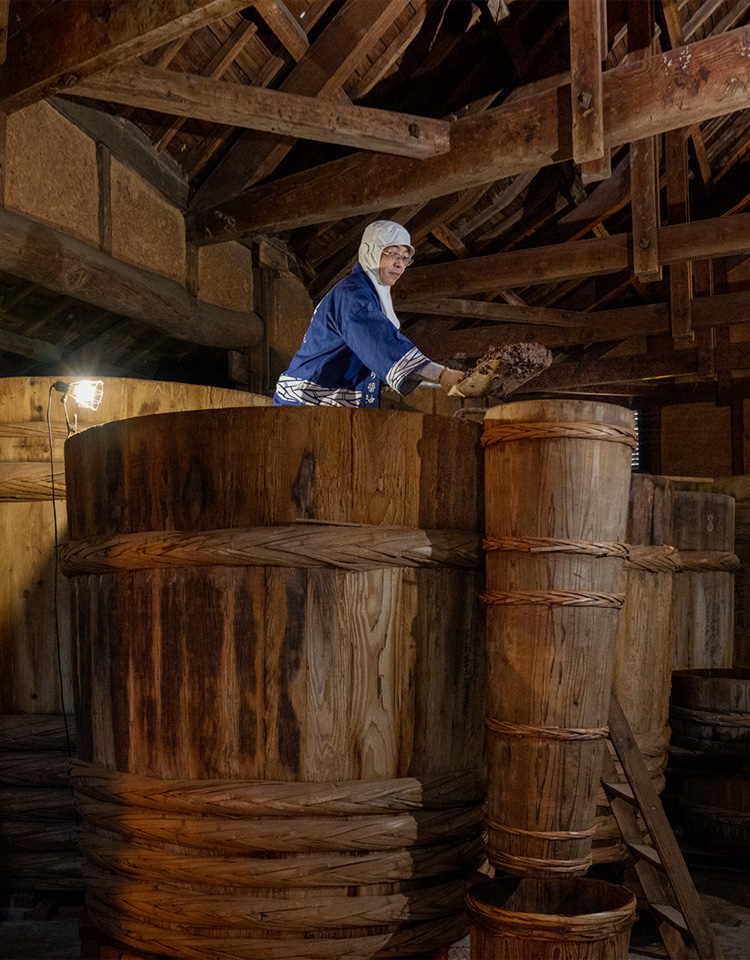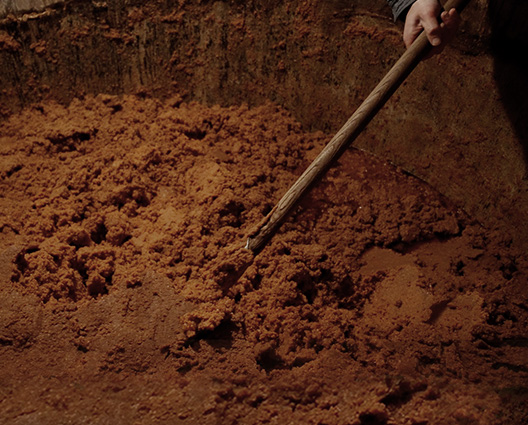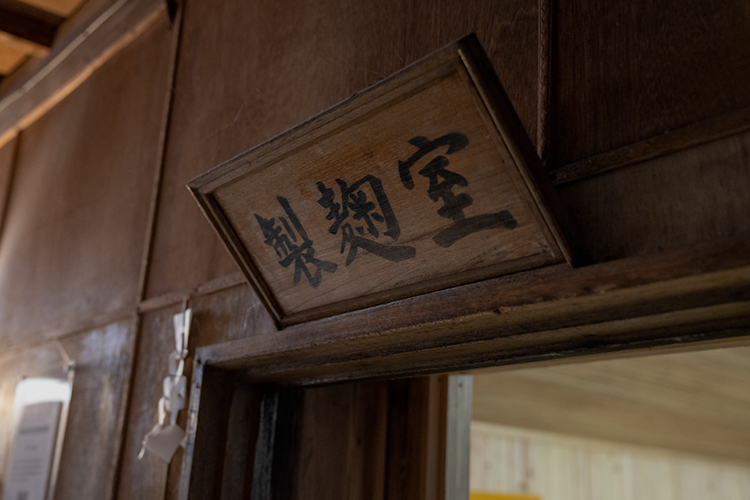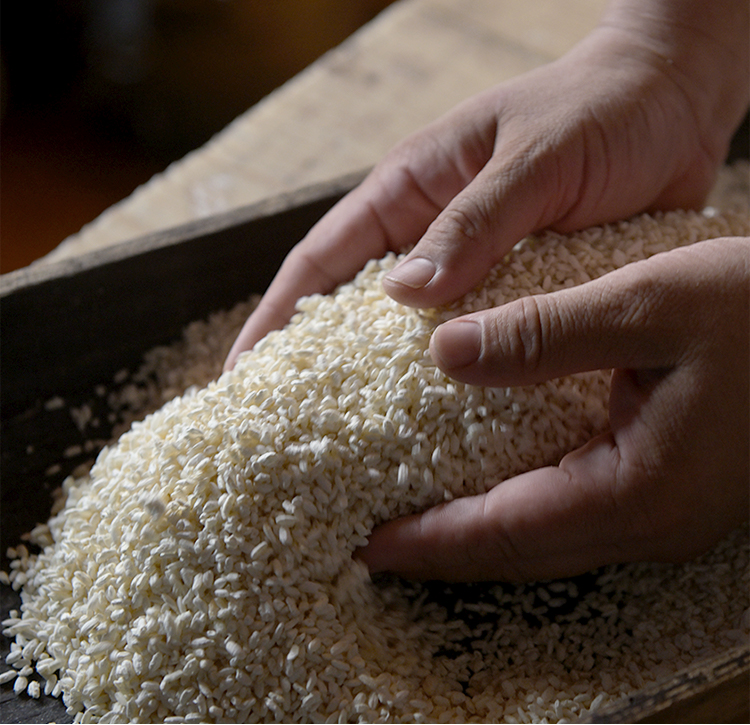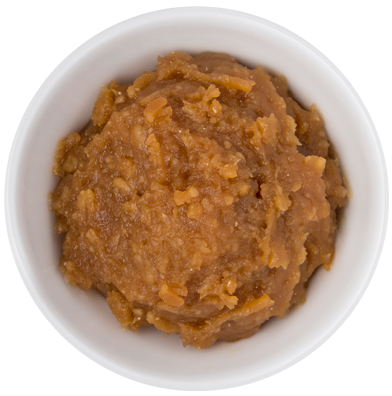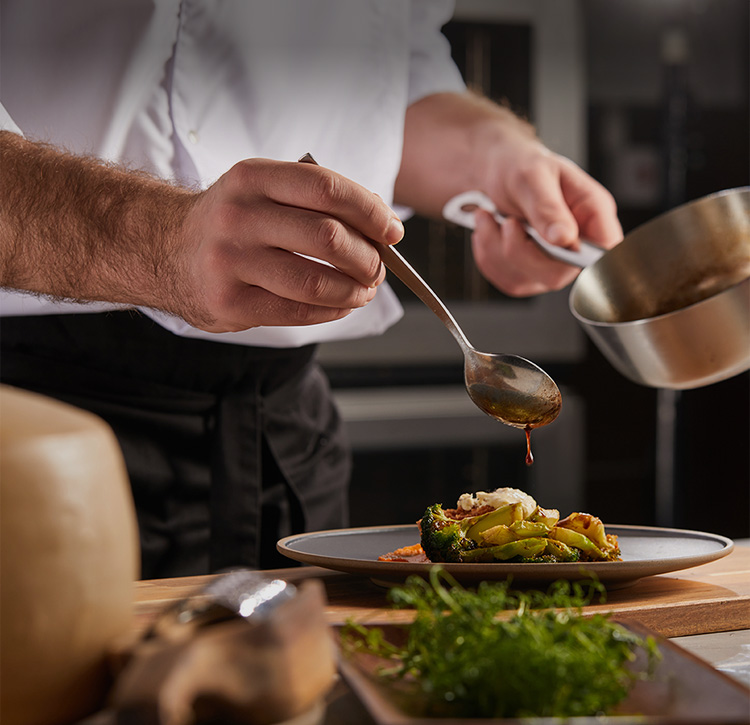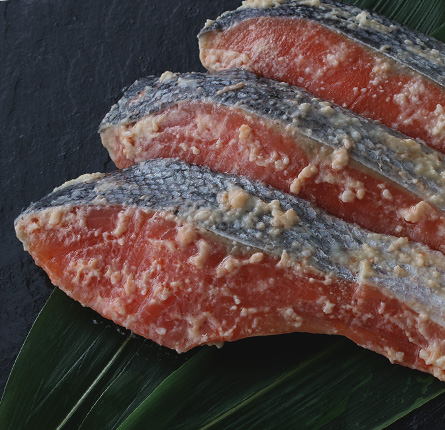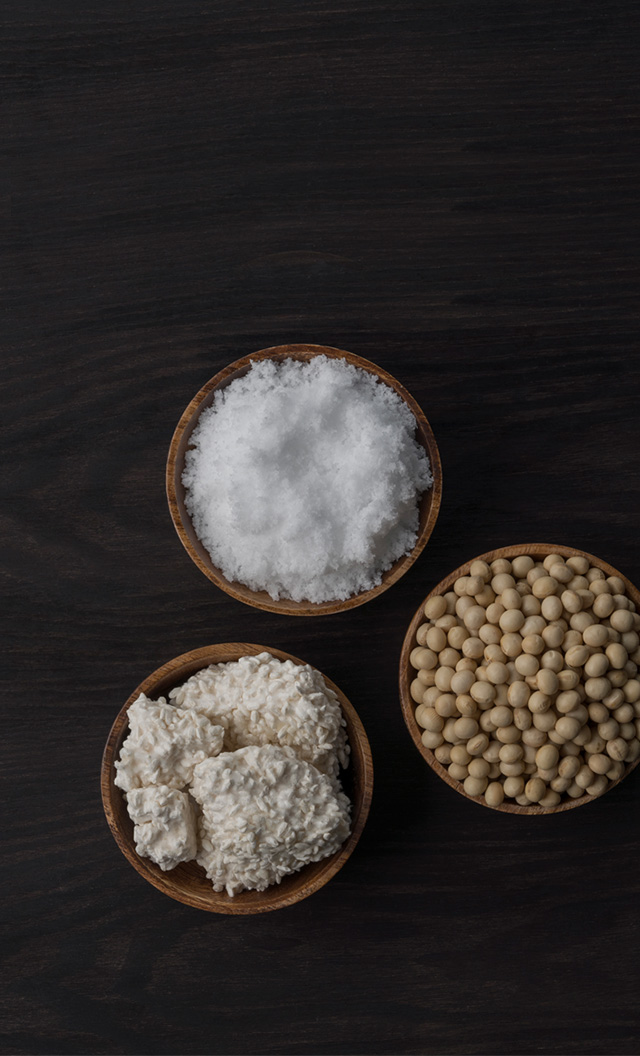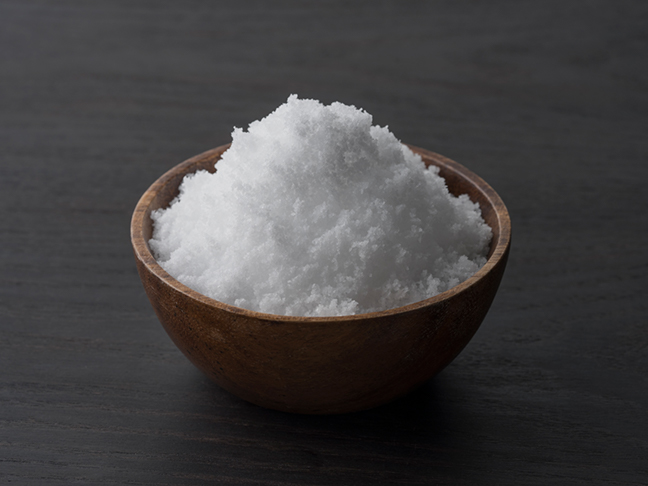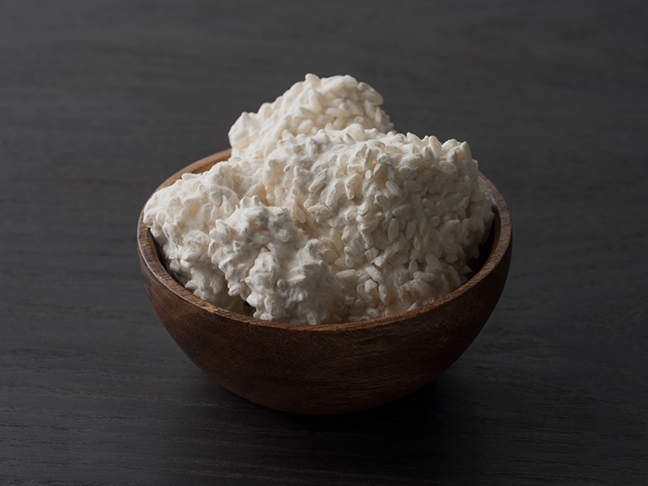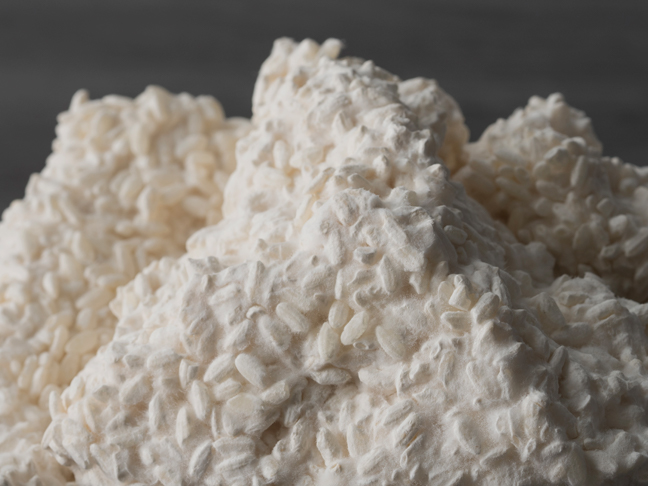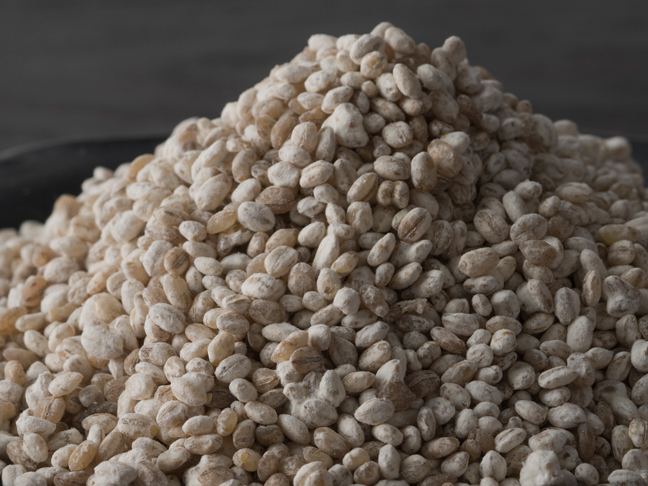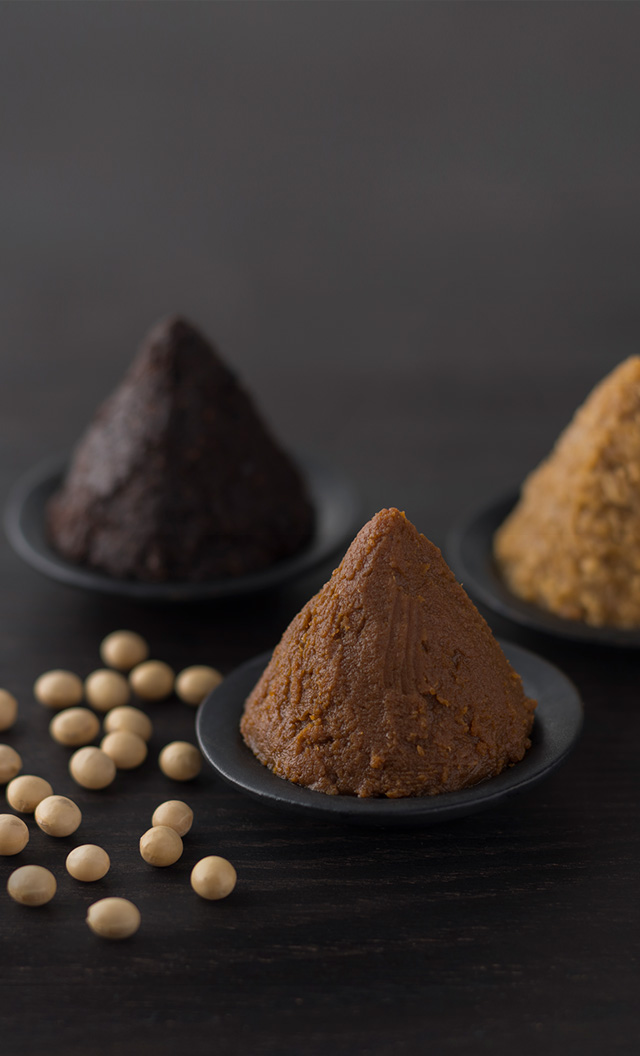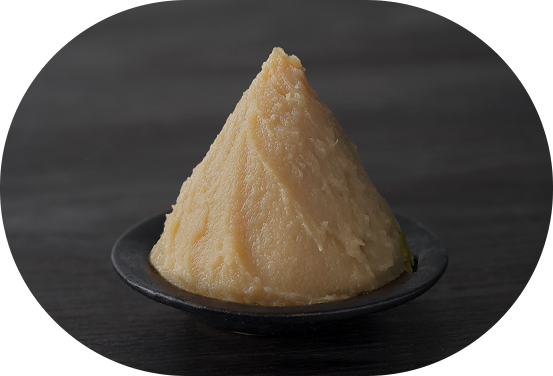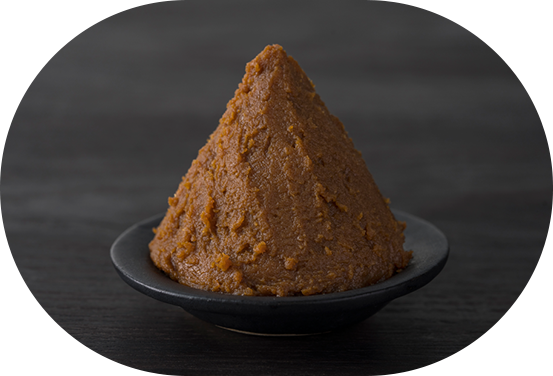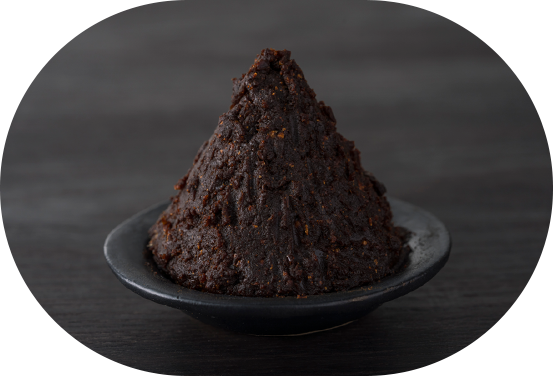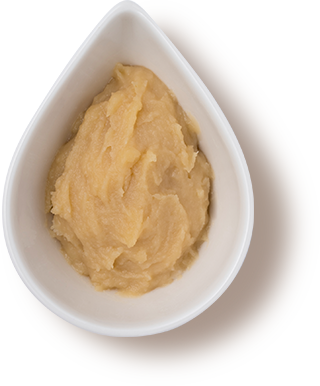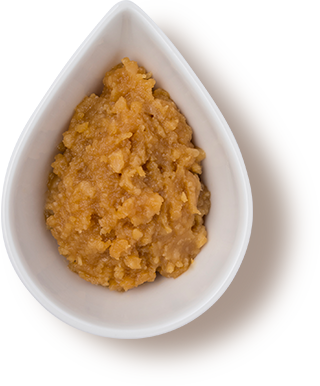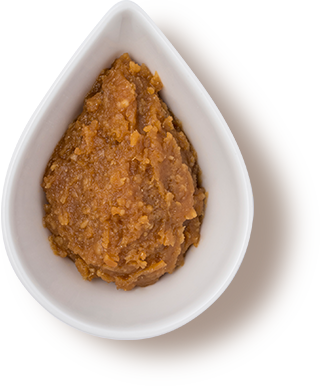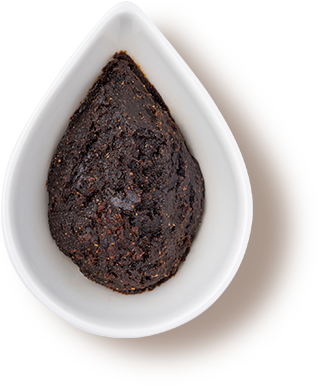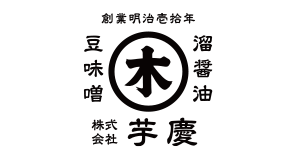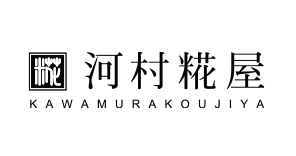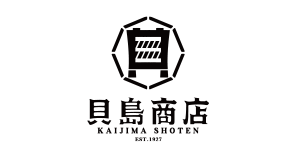STORY of KIOKE-MISO
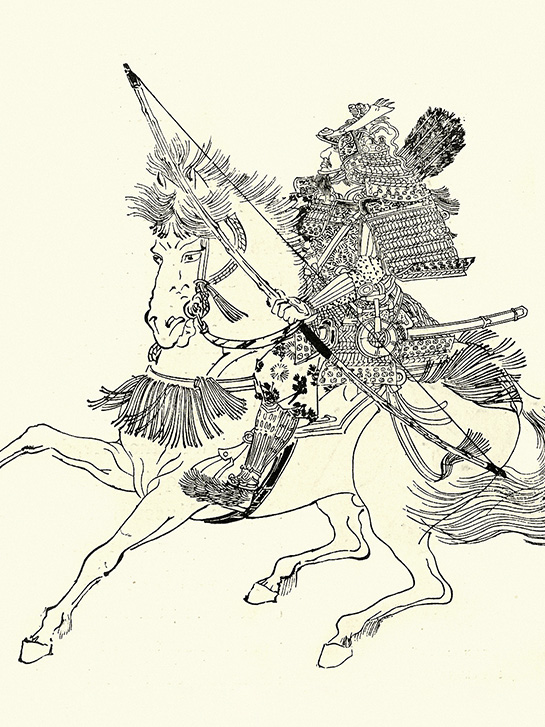
History
Ever since it was invented, Kioke-miso has always been a cherished condiment and a staple food for Japanese people, but it was during the Sengoku Period (15-16 Centuries) when the miso production became a major industry in Japan.
During the Sengoku Period, there was near-constant civil war and social upheaval throughout Japan. The most powerful shoguns (warlords), Nobunaga Oda, Hideyoshi Toyotomi, and Ieyasu Tokugawa all invested in miso production. Not only is miso virtually non-perishable, it is packed with nutrients so it was perfect for bringing to the war and feeding the soldiers.
The cities these shoguns held residence are still famous for their miso production today.
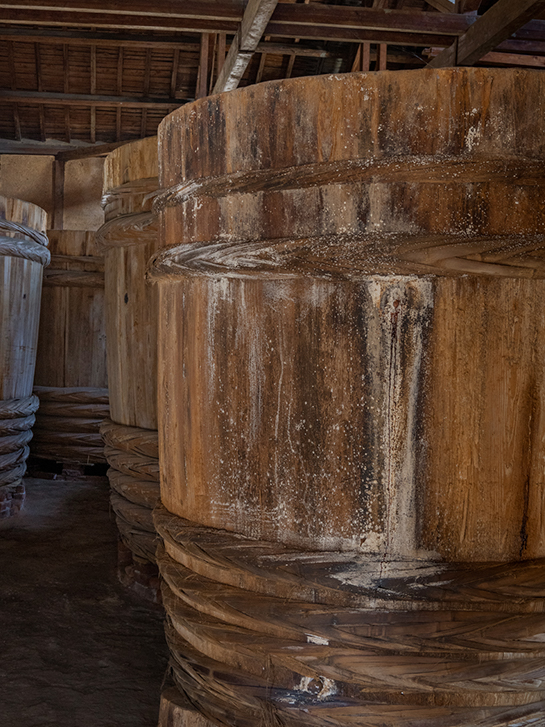
Magic of Nature
The magic of Kioke-miso begins in the kioke, the wooden barrels.
The kioke are hand crafted from 100+ year old cedar wood. Using no adhesives or nails, they are skillfully put together with woven bamboo belts called taga.
The kioke are then used to produce miso for more than a century. Over the years, slowly but surely kioke start to build a microbiome ecosystem collectively called “house yeasts,” unique to each miso production house or kura.
The ecological balance of house yeasts varies from kura to kura which ultimately affects the various aspects of the miso and results in a one-of-a-kind flavor.
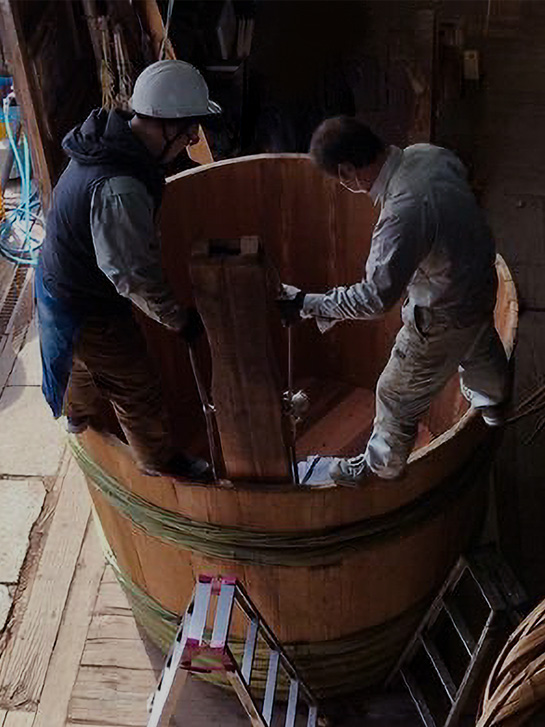
Past,
Present & Future
As modernization seeped in, more and more kioke started to be replaced with plastic or stainless steel containers despite the fact that wood was absolutely the best material when it came to miso production.
Consequently, only a few kioke suppliers remain today. In order to carry the art of Kioke-miso into the future, younger kioke makers, craftsmen and kura owners are now working together and leading the movement to bring back this tradition. When you choose Kioke-miso you are supporting them to carry the Kioke-miso tradition into the future.
